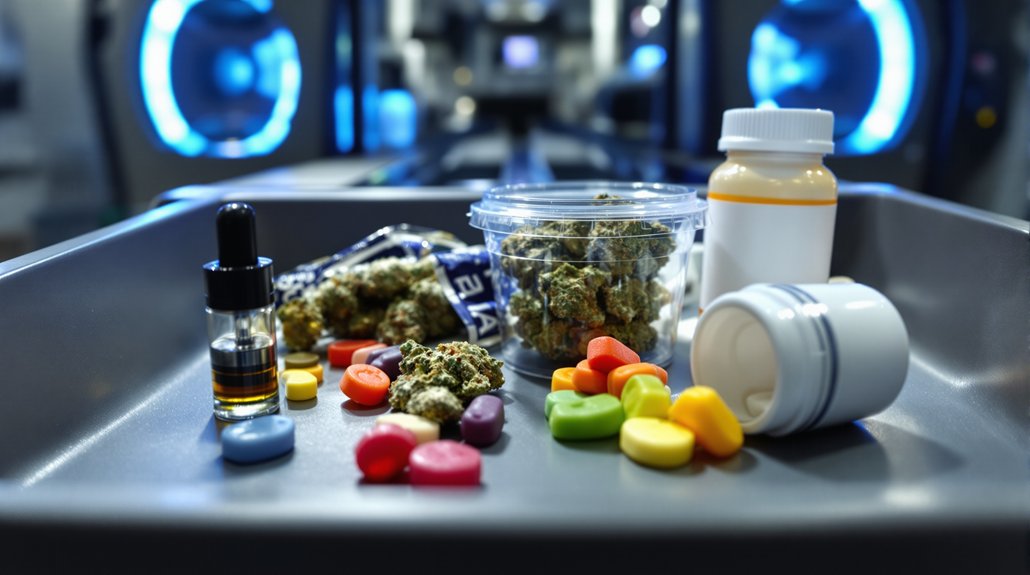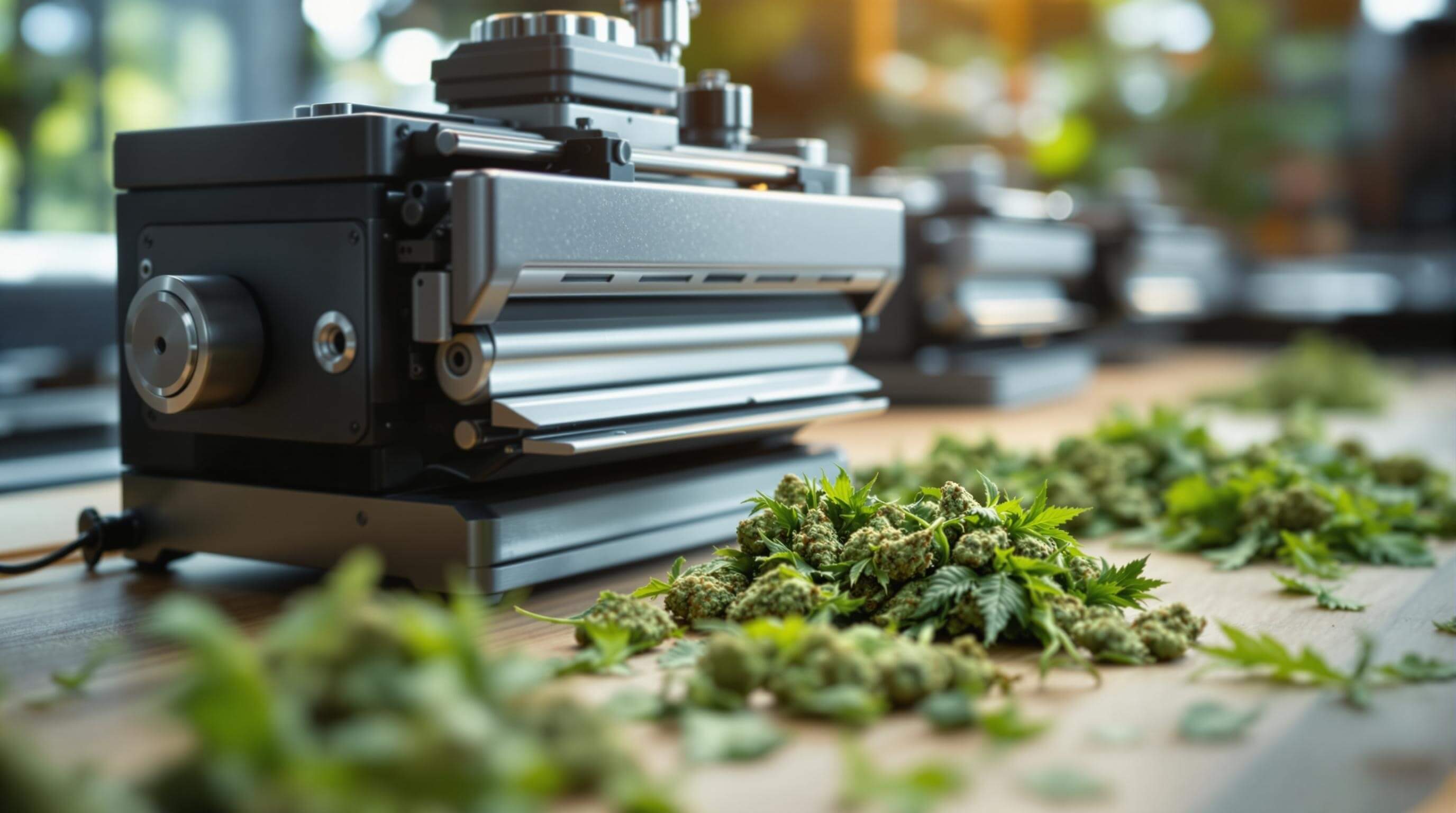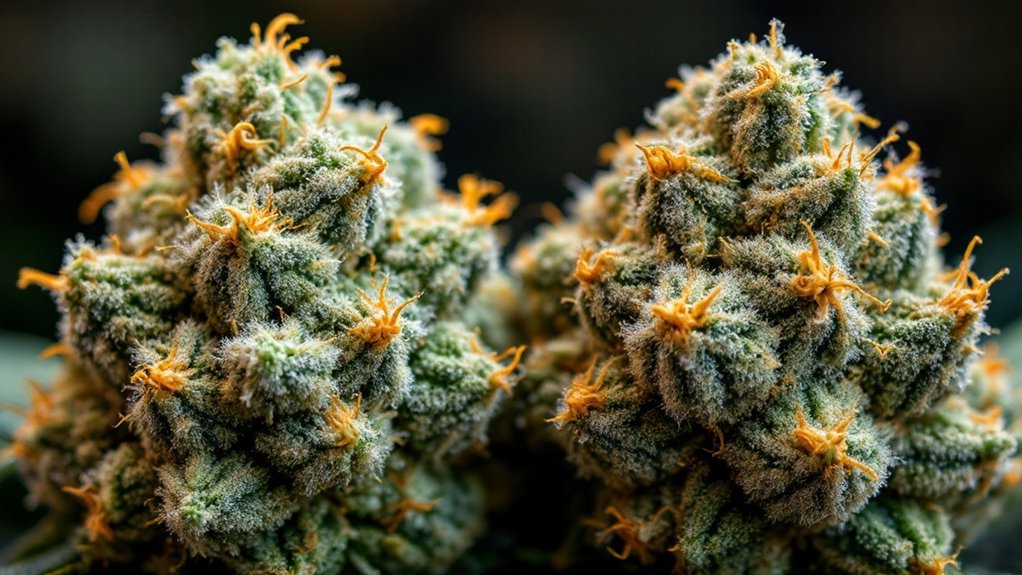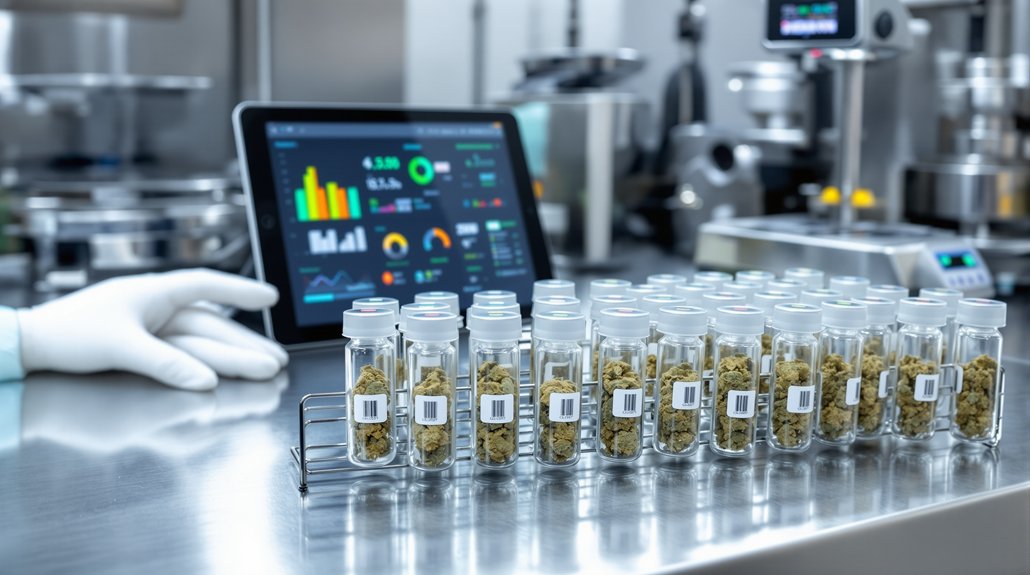Cannabis operators face complex workplace safety challenges that extend far beyond traditional business hazards. The industry’s unique combination of chemical exposure, fire risks, and biological agents creates an environment where standard safety protocols often fall short. Federal OSHA regulations still apply despite cannabis’s legal complexities, requiring thorough documentation, training programs, and hazard identification systems. Understanding these overlapping requirements becomes critical when considering the severe consequences that inadequate safety measures can trigger.
Essential OSHA Compliance Requirements for Cannabis Facilities
Although cannabis operations face unique regulatory challenges, these facilities must adhere to the same fundamental OSHA compliance standards that govern traditional manufacturing and processing environments. Cannabis operators must maintain thorough documentation, including OSHA Forms 300, 301, and 300A, which track work-related injuries and illnesses across all facility operations.
A written occupational health and safety plan serves as the foundation for regulatory compliance, outlining specific procedures for hazard identification and protective measures. This documentation becomes critical during unannounced OSHA inspections, which are frequently triggered by employee complaints or safety incidents. Cannabis companies must also comply with OSHA’s general duty clause, which requires employers to provide a workplace free from recognized hazards.
Regular safety audits help identify compliance gaps before they escalate into violations. Operators must document safety training sessions, equipment maintenance schedules, and hazard communication protocols. The absence of proper documentation represents one of the most common OSHA violations in cannabis facilities, making meticulous record-keeping essential for maintaining regulatory compliance and protecting workers. Proper documentation practices should include secure data backups to prevent critical safety information loss during regulatory reviews. OSHA compliance demonstrates to investors and clients that the business prioritizes safety and operational resilience.
Identifying and Managing Cannabis-Specific Workplace Hazards
Cannabis facilities frequently present workplace hazards that differ from traditional manufacturing environments, requiring specialized identification and management strategies. These operations expose workers to unique chemical hazards, including pesticides, solvents, and volatile organic compounds specific to plant processing.
Carbon dioxide enrichment systems in grow rooms create asphyxiation risks without proper monitoring and ventilation.
Biological hazards pose significant concerns, as workers face exposure to allergenic proteins in cannabis plants that can trigger respiratory or skin reactions. Humid cultivation areas promote mold, bacteria, and microbial spores, creating infection risks for immunocompromised employees. Extended exposure to plant material may lead to occupational asthma or dermatitis. Indoor growing facilities should maintain relative humidity levels between 45% and 55% to minimize mold growth and protect worker health.
Physical hazards include repetitive trimming motions causing musculoskeletal disorders, heat stress in poorly controlled grow rooms, and lacerations from sharp trimming tools. Overexertion involving handling of heavy growing equipment and materials represents the most costly type of workplace accident across industries. Fire and explosion risks escalate during extraction processes using flammable solvents like butane or ethanol, while faulty electrical systems frequently ignite facility fires. Emergency responders must also be prepared to address these specialized cannabis facility hazards during incident response.

Building Effective Safety Programs and Training Protocols
When cannabis operators implement thorough safety programs, they create the foundation for protecting workers from industry-specific hazards while maintaining regulatory compliance. These programs must address federal OSHA standards and state regulations, covering all recognized hazards in cannabis operations from cultivation to retail.
Effective safety programs require written procedures for emergency actions, accident reporting, and hazard communication. Documentation includes mandatory OSHA forms 300, 300A, and 301 for tracking injuries and illnesses. Operators must maintain Safety Data Sheets for all hazardous chemicals, including ground cannabis dust, and provide proper labeling on containers.
Training protocols should address cannabis-specific hazards, chemical safety, machinery operation, and emergency response. Workers must receive proper education about confined spaces such as tanks and processing vessels that pose unique risks in cannabis facilities. Written documentation of training sessions, attendance, and content covered remains mandatory. Management commitment and worker involvement drive program effectiveness through safety committees, regular meetings, and incident reporting systems.
Continuous improvement through audits, regulatory monitoring, and trend analysis guarantees programs remain current and compliant. Cannabis employers must implement a workplace violence prevention plan due to the industry’s high risk profile for security incidents. Additionally, cultivation teams should establish pest detection protocols to identify early signs of infestations like spider mites that can compromise both worker safety and product quality.
This article provides general educational information about cannabis compliance requirements. Specific regulations vary by state and change frequently. Always consult with legal counsel and compliance professionals for guidance on your specific situation and jurisdiction. For more information, check out our Cannabis Compliance Guide.









